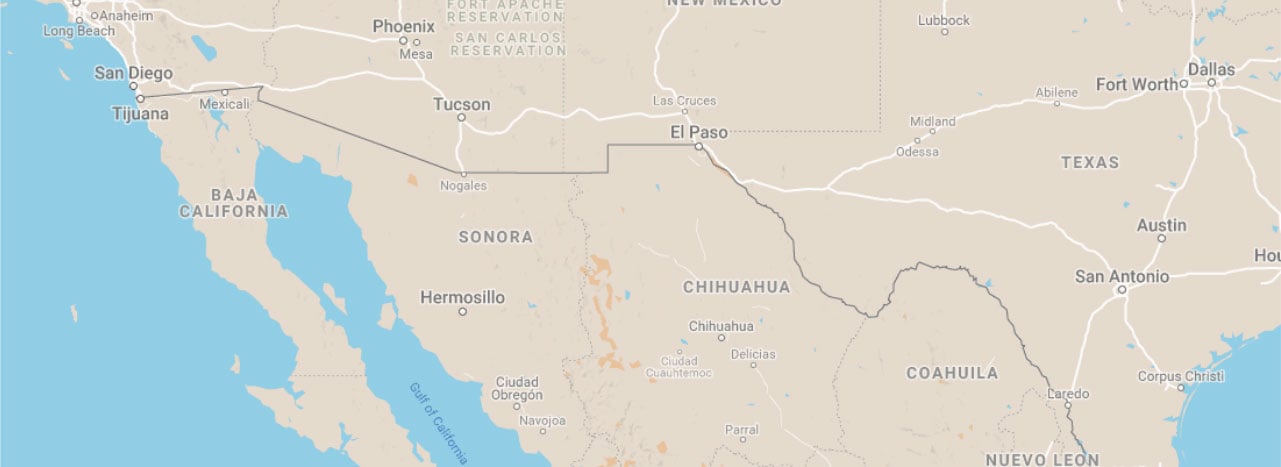Marathon, Texas, USA
Marathon, Texas, USAMarathon Water Supply & Sewer Service Corporation Water and Wastewater System Improvements in Marathon, Texas
Project Status: Completed

General Information
Sector
Water and wastewater
Sponsor
Marathon Water Supply & Sewer Service Corporation
Benefited population
660
Certification date
June 20, 2003
Financing
Project cost
US 1.36M
NADBank Funds
US 1.36M - NADBank Grant: BEIF
Related documents
Background
The Marathon Water Supply & Sewer Service Corporation (MWSC) draws its water supply from the Marathon aquifer through two wells located near the town. This supply was sufficient to meet the needs of the community, but the water distribution system needed to be expanded to provide service to new users. In addition, 36 residences were not connected to the sewer system, and some of them were discharging their wastewater into cesspools or latrines. These on-site disposal systems pose a potentially serious health and environmental risk to the groundwater supply if they are not properly operated and maintained.
With respect to wastewater treatment, the pond-based wastewater treatment plant (WWTP) was built in 1971 with the capacity to treat 28,000 gallons per day (gpd). In 2001, the plant was operating beyond its capacity, with average monthly flows of 36,000 gpd and a daily peak flow of 115,000 gpd, resulting in overflows in its final treatment pond
Project Scope
The project was divided into two phases. The first phase consisted of expanding the WWTP to 100,000 gpd and bringing it into compliance with state regulations. The second phase included expanding the plant to 200,000 gpd and changing the final treatment process from effluent evaporation to effluent irrigation, as well as connecting 19 homes to the water distribution system and 36 homes to the sewer system.
Benefits
Improvements to the wastewater facilities brought the system into compliance with state regulations and eliminated discharges of inadequately treated wastewater to the Beakley Draw. Expansion of the water distribution and wastewater collection systems increased service coverage to 100% of the community and eliminated the use of on-site sanitary systems, which is protecting the local aquifer, the only source of water for the community.